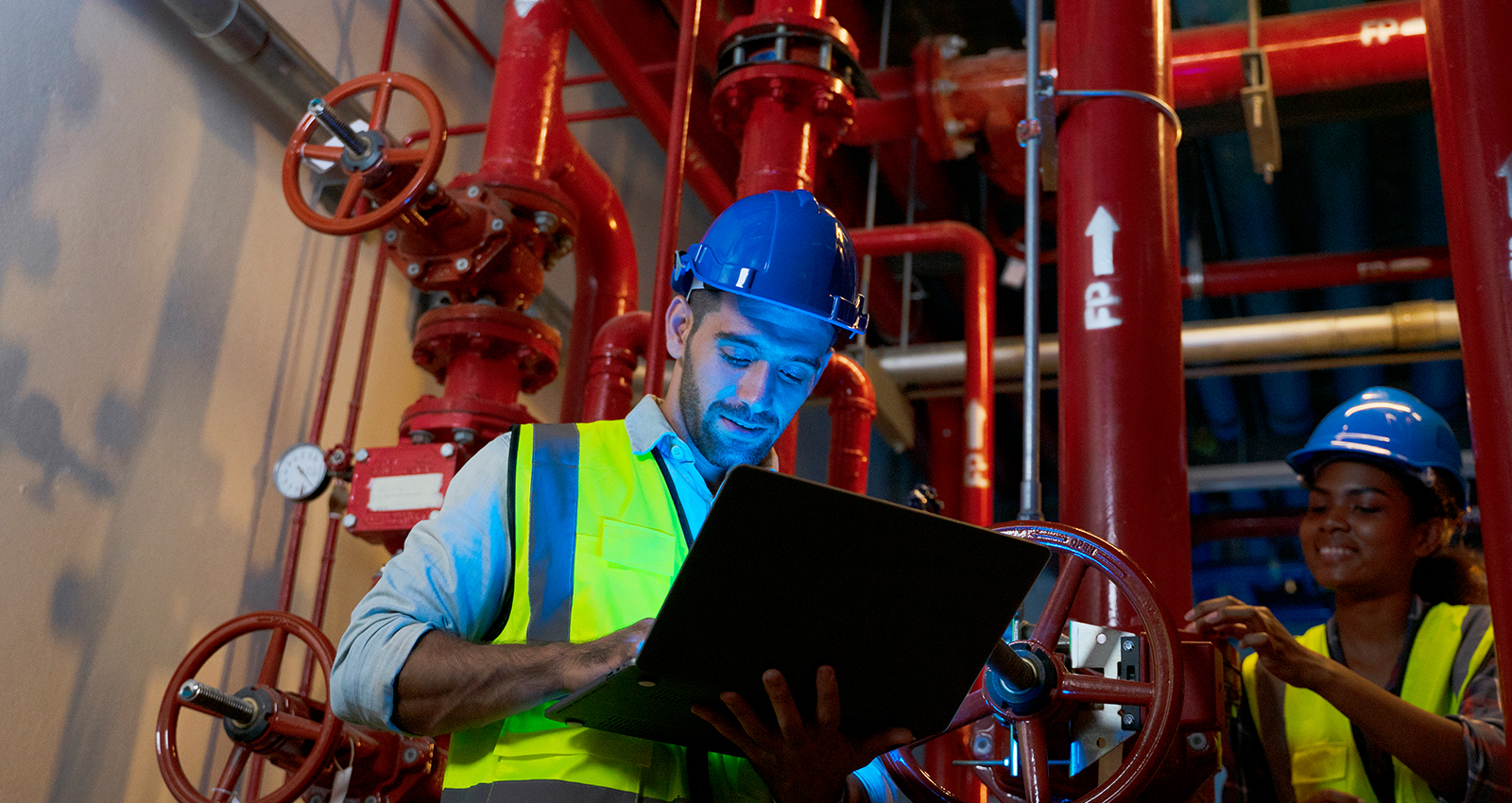A Lifeline in the Fire: Grasping Flame Protection Services

Fire safety is a vital part of safeguarding not only our homes but also our workplaces and neighborhoods. In a climate where surprise crises can arise at any instant, understanding the many fire safety measures available is essential. These services cover a wide range of practices, from designing detailed fire evacuation strategies to making sure your smoke alarms are functioning properly. With the increasing frequency of wildfires and urban fires similarly, having a firm knowledge of fire prevention and response measures can be the key between being safe and facing calamity.

In this article, we will explore multiple dimensions of fire safety, including key tips for safeguarding your property, the importance of routine fire drills, and usual fire hazards to watch out for. We will also discuss certain aspects for different environments, such as schools, healthcare facilities, and skyscrapers. By gaining knowledge about fire risk assessments, fire safety regulations, and the most recent innovations in fire protection technology, you can better equip yourself and your loved ones to face the realities of fire emergencies.
Crucial Fire Protection Tips
Fire safety is important for everyone, whether at residence or in the office. One of the key steps you can take is to put in place smoke alarms in critical locations, such as bedrooms, corridors, and kitchen spaces. Regularly examining these alarms guarantees they are functioning effectively and can be lifesaving in case of an emergency. Additionally, it is important to change the batteries at least every year and change the entire unit every ten years to maintain maximum functionality.
Creating a emergency evacuation plan is another important aspect of fire safety. This plan should detail clear exit routes for your household or employees and designate a safe meeting place outside the building. Practice this plan through frequent fire drills, which are important for guaranteeing everyone knows what to do in case of a fire. These drills help reinforce the importance of quick and safe evacuations, making it more likely that individuals will act suitably during a genuine emergency.
Lastly, being aware of typical fire hazards in your surroundings can significantly reduce fire risks. In residences, items like overloaded electrical outlets, flammable items near heat sources, and unattended cooking equipment are frequent causes. In businesses, ensuring that combustible goods are stored correctly and that all fire safety equipment is in operational condition can prevent potential disasters. By being proactive about these hazards, you can drastically improve safety for yourself and others.
Formulating a Fire Evacuation Plan
A thorough fire escape plan is crucial for all household and workplace. The first step is to determine all possible exits in your house or workplace, including doors and openings. Make sure that all occupants can quickly access these exits, and that they are not blocked by furniture or debris. Review the routes to safety points with everyone, and ensure that they know which exits to use depending on the location of the fire. A visual diagram can be particularly helpful in depicting these escape routes.
Afterward, designate a safe meeting spot outside where everyone can assemble after escaping the building. This guarantees that all individuals is accounted for and can help emergency responders know if anyone is still inside. Involve all family members or employees in this initiative, so they feel at ease about what to perform in an urgent situation. Consistent discussions and practice sessions will help strengthen the plan and ensure all participants remembers their roles during a fire crisis.
Finally, it's crucial to examine and practice the fire escape plan at least two or more times a year. Conducting fire drills doesn't just familiarizes everyone with the escape routes but also helps spot any potential issues with the plan. After each drill, review what went right and what could be better. Remember to update the plan if there are any changes in the layout of your home or business, or if new people join your household or staff. Frequent practice and updates will ensure that your fire escape plan stays effective and everyone is prepared to stay safe in case of a fire.
The Importance of Alarm Systems and Sprinklers
Alarm systems and sprinkler systems are essential components of any thorough fire protection strategy. They serve as the first line of defense in identifying and controlling fires before they can escalate into catastrophic events. Alarm systems provide early warning, allowing occupants the time they need to exit and alert responders. Regular testing and maintenance of these systems are crucial to ensure they function effectively when needed most. A malfunctioning alarm can have severe consequences, highlighting the importance of keeping these devices in optimal condition.
Water-based fire suppression systems play a vital role in managing fires and minimizing damage to property and lives. When activated, they dispense water to extinguish flames, often preventing the fire from spreading. Studies have shown that buildings that have water-based fire suppression systems have significantly diminished fire death rates and property loss compared to those without. Therefore, businesses and homeowners alike should evaluate installing these systems as a preventative step to improve safety and reduce risks during a fire incident.
In addition to their life-saving capabilities, fire alarms and sprinklers are often required by local fire safety codes. https://www.fire-safety-services.co.uk protects occupants but also ensures that businesses avoid fines and legal repercussions associated with negligence. Investing in effective fire alarm and sprinkler systems is not just a matter of safety; it is a wise financial decision that can reduce insurance premiums and protect against costly damages in the event of a fire.
